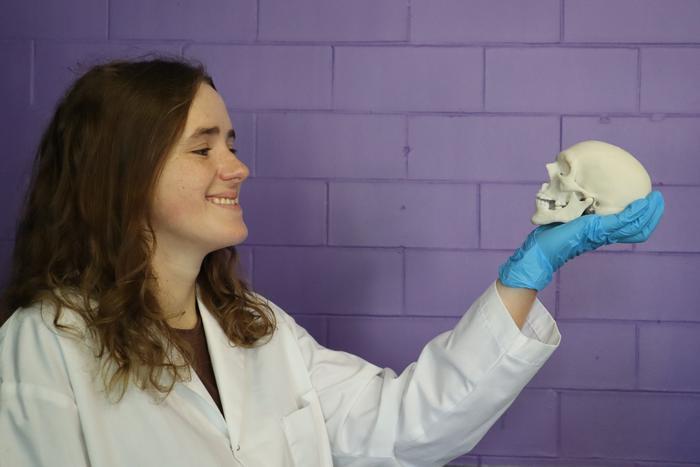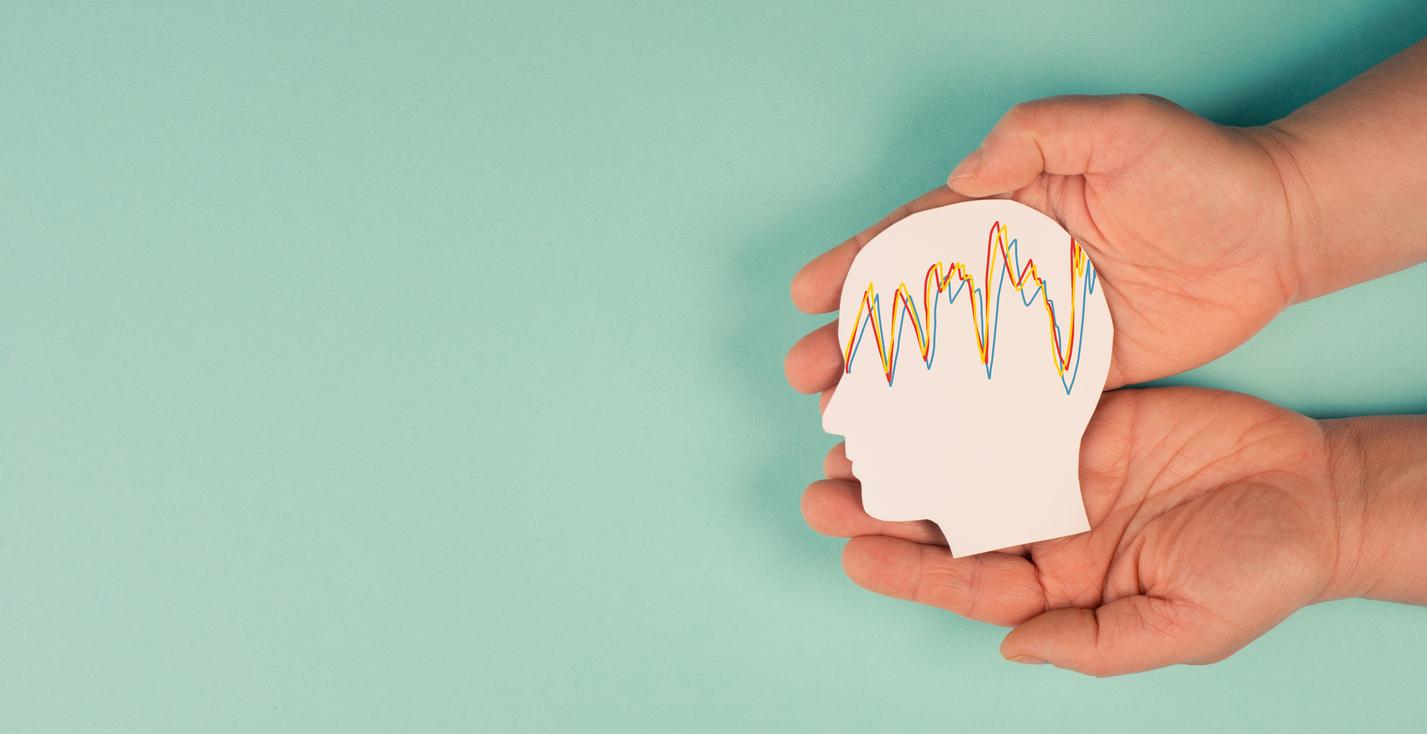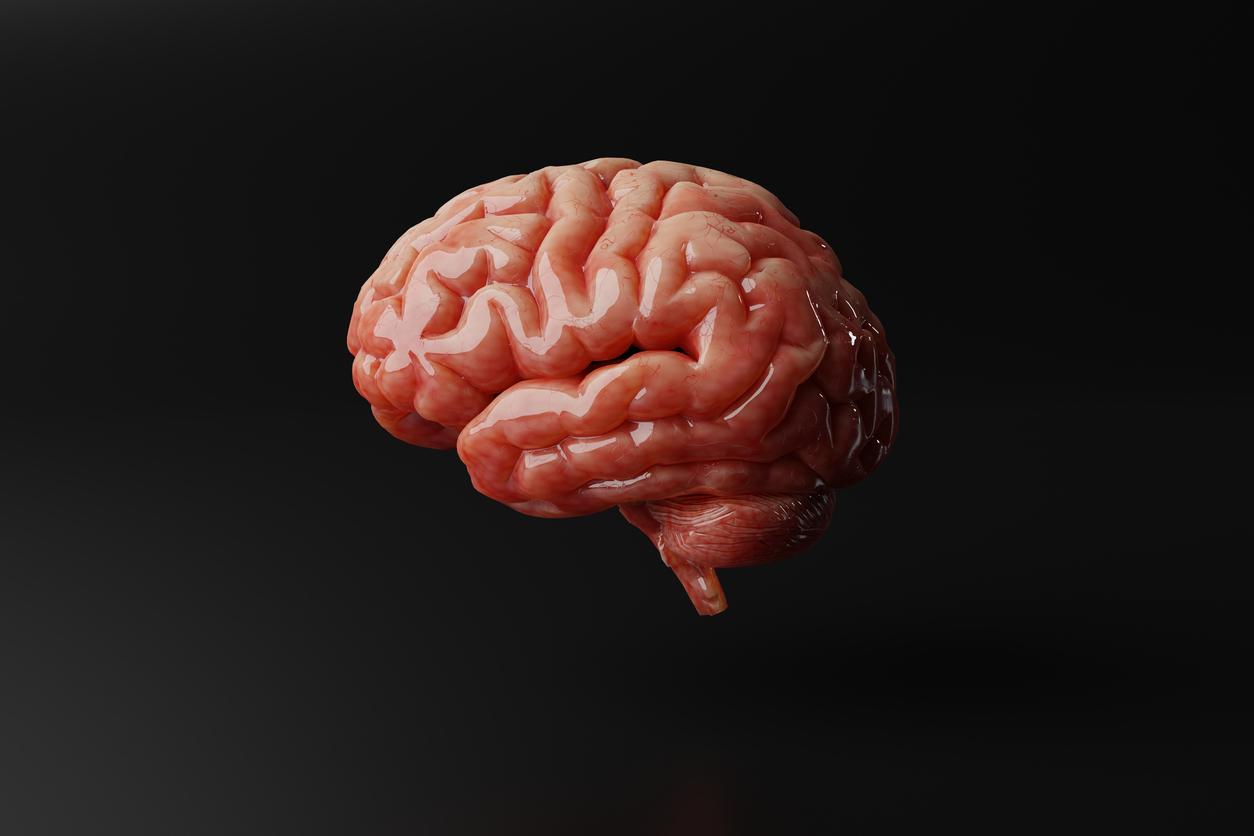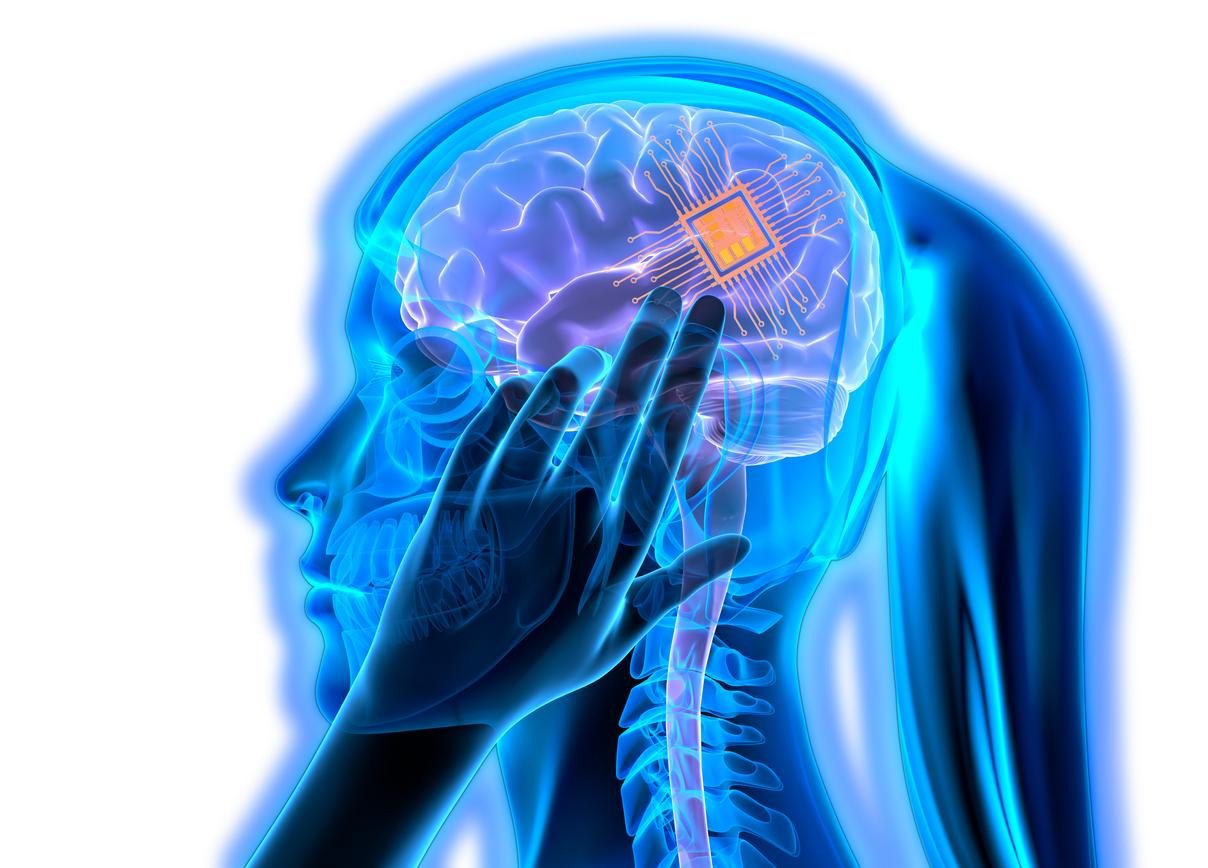American engineers have created a new ultra-flexible biomaterial capable of repairing fractured skulls and spines in animals.
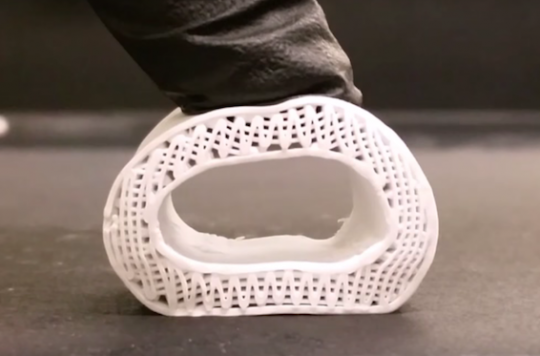
A skull, a jaw or a hip to replace … 3D printing promises to repair all the bones of the body and is essential in regenerative medicine. With this technology, engineers are pushing the limits of what is possible, like the ultra-flexible synthetic bone developed by a team from Northwestern University (United States). This new biomaterial, presented in Science Translational Medicine aims to revolutionize pediatric orthopedic surgery.
“Adults have more treatment options when it comes to performing an implantation, while children have little choice,” says Ramille Shah, head of the work. If the surgeon places a permanent implant, the child will have to undergo several operations in his life. Years of hardship await him ”.
Bio-printing
To improve the quality of the implants and customize them to the framework of children still under construction, the engineers had the idea of developing an implant with great flexibility. They then opted for a mixture of hydroxyapatite, a mineral naturally present in bone and known to stimulate bone growth, and biodegradable polymers, especially those found in sutures. The whole forms what is called a biological ink.
As with a conventional printer, this ink is contained in cartridges, and the hydrogel acts as paper. The printer then deposits successive layers of hydrogel and ink to form a 3D support (see video below) following the model designed by the engineers. When it comes to bone, the 3D printed medium must allow cells to hang on to divide, migrate and differentiate. “Porosity is a key element for tissue regeneration because cells and blood vessels must be able to infiltrate the material,” explains the researcher.
Bone repair in 4 days
The American team then tested their new biomaterial in monkeys with fractured skulls as well as in mice with damaged spines. Once implanted, the synthetic bone was quickly colonized by bone cells, allowing bone regeneration in just 4 days. The guinea pigs showed no signs of rejection or side effects after the operation.
For the researchers, these results confirm that their biomaterial can stimulate bone regrowth without even adding growth factors. They point out that their medium could help reduce the risk of infection inherent in the surgery if antibiotics were added to the ink.
Another advantage of this biomaterial: the possibility of creating it to measure. Surgeons could scan and print a personalized implant, the researchers say, adding that the process is so fast that printing could be done in the operating room during the procedure. “It would change the field of craniofacial and orthopedic surgery, and I hope it will improve the quality of life of patients,” enthuses Ramille Shah.
.












